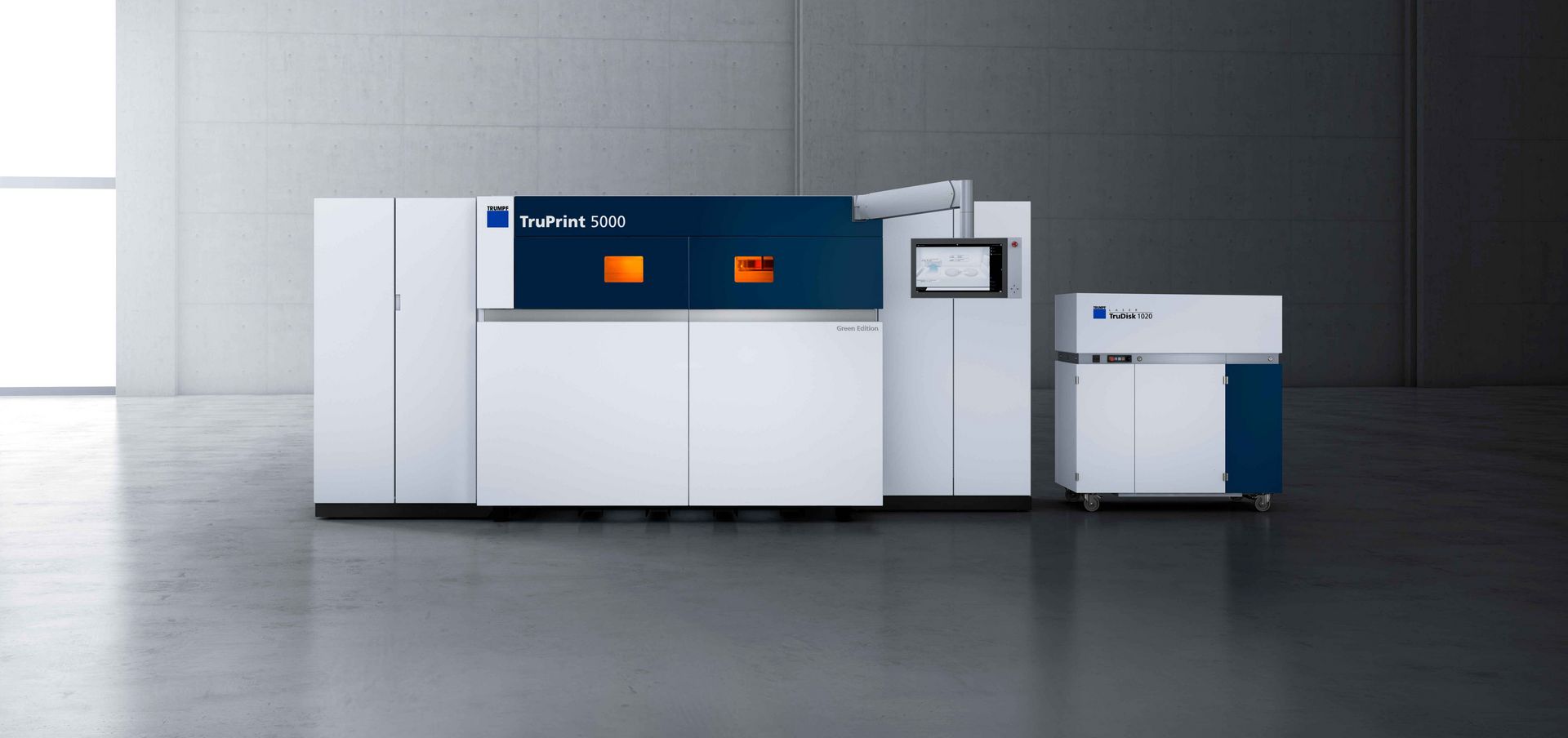Radio-frequency quadrupole made from pure copper
The part additively manufactured from pure copper in the CERN-coordinated I.FAST* (Innovation Fostering in Accelerator Science and Technology) project is set to be used as a core component of future particle accelerators. The TruPrint 5000 Green Edition enables distortion-free production by skipping multiple production steps such as milling, soldering and heat treatment. The aim of this strategic project is to establish and expand Europe's leading role in particle accelerators for science and society. The processing of pure copper is made possible by the integrated green TRUMPF laser in the TruPrint 5000 Green Edition.
*This project has received funding from the European Union's Horizon 2020 research and innovation program under grant agreement no. 101004730.
Get in touch with our additive manufacturing experts!
Do you have a component that you would like to 3D print? Would you like to know what potential savings there are, and what advantages you could benefit from with additive manufacturing? Then get in touch with us today to arrange an individual consultation with our experts.
Facts & figures for an example part
Material: pure copper
Weight: 22 kg
Build time: 7 days
Height: 395 mm
Created by: Cern as part of the I.Fast project




